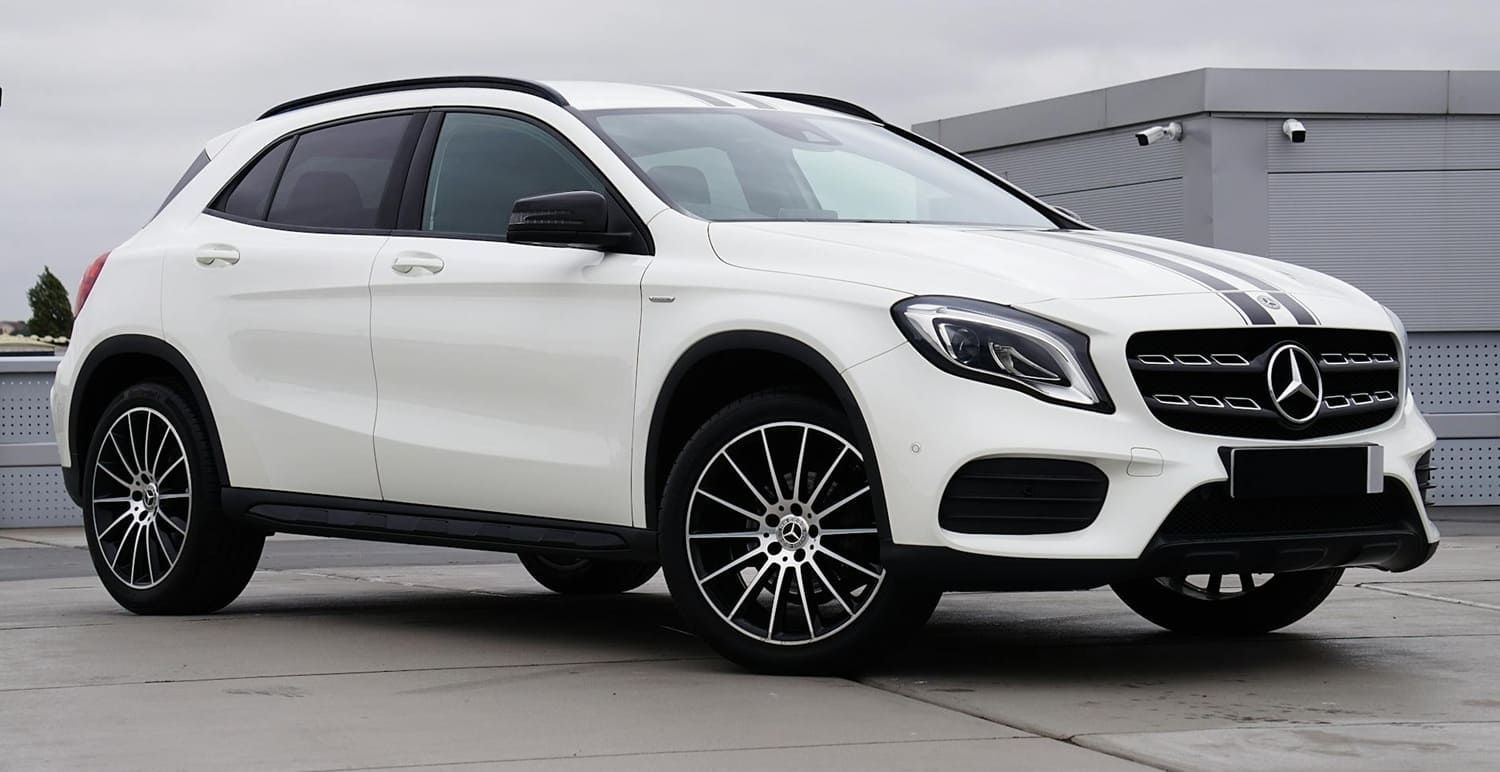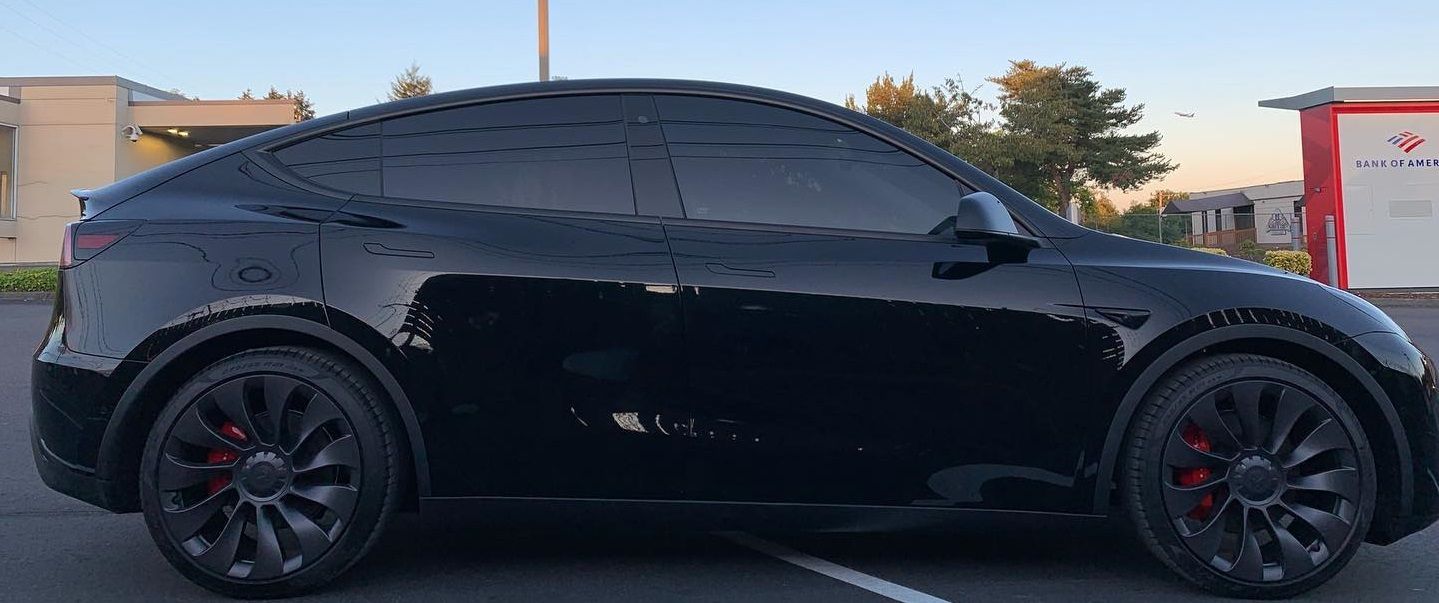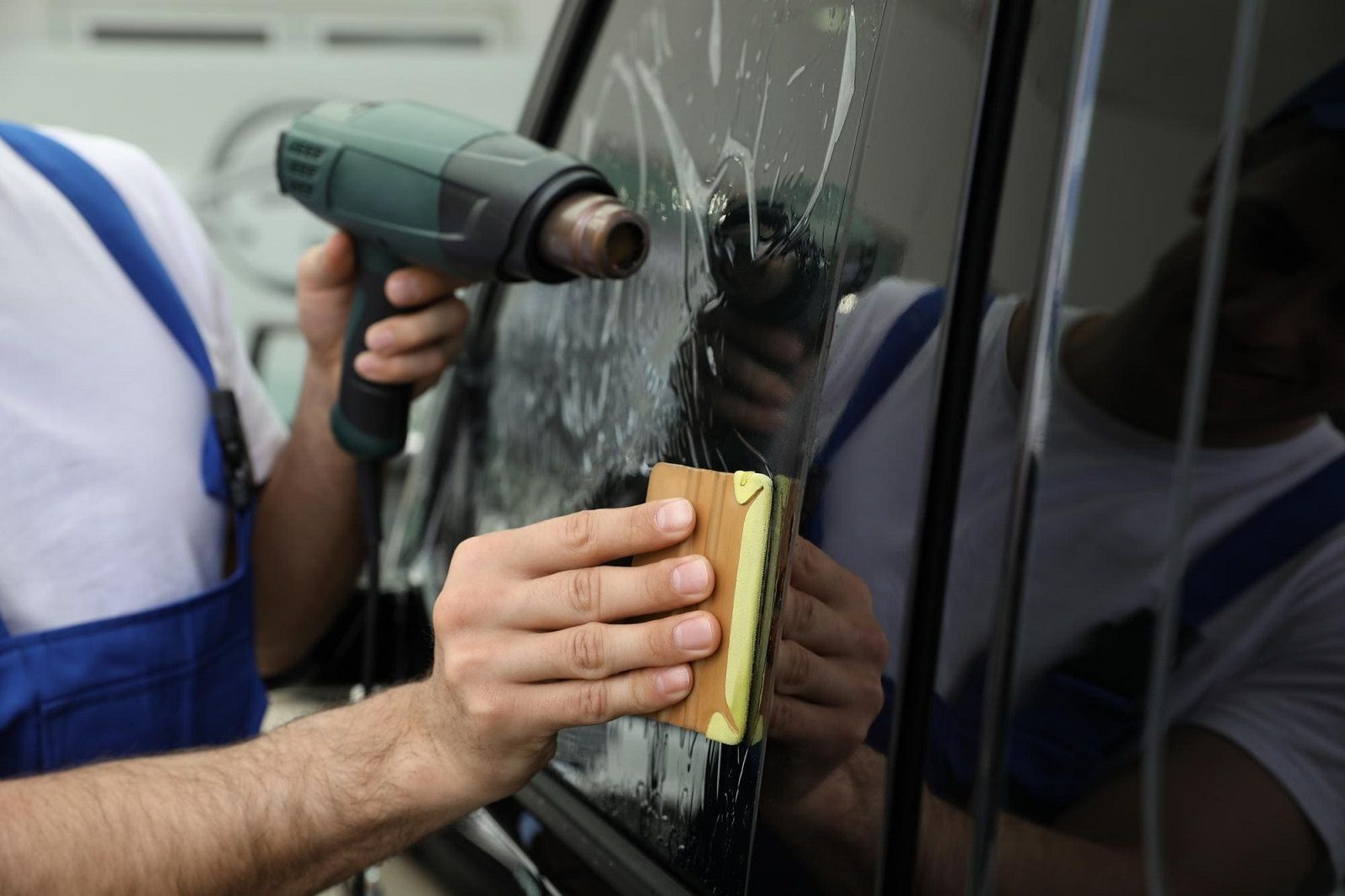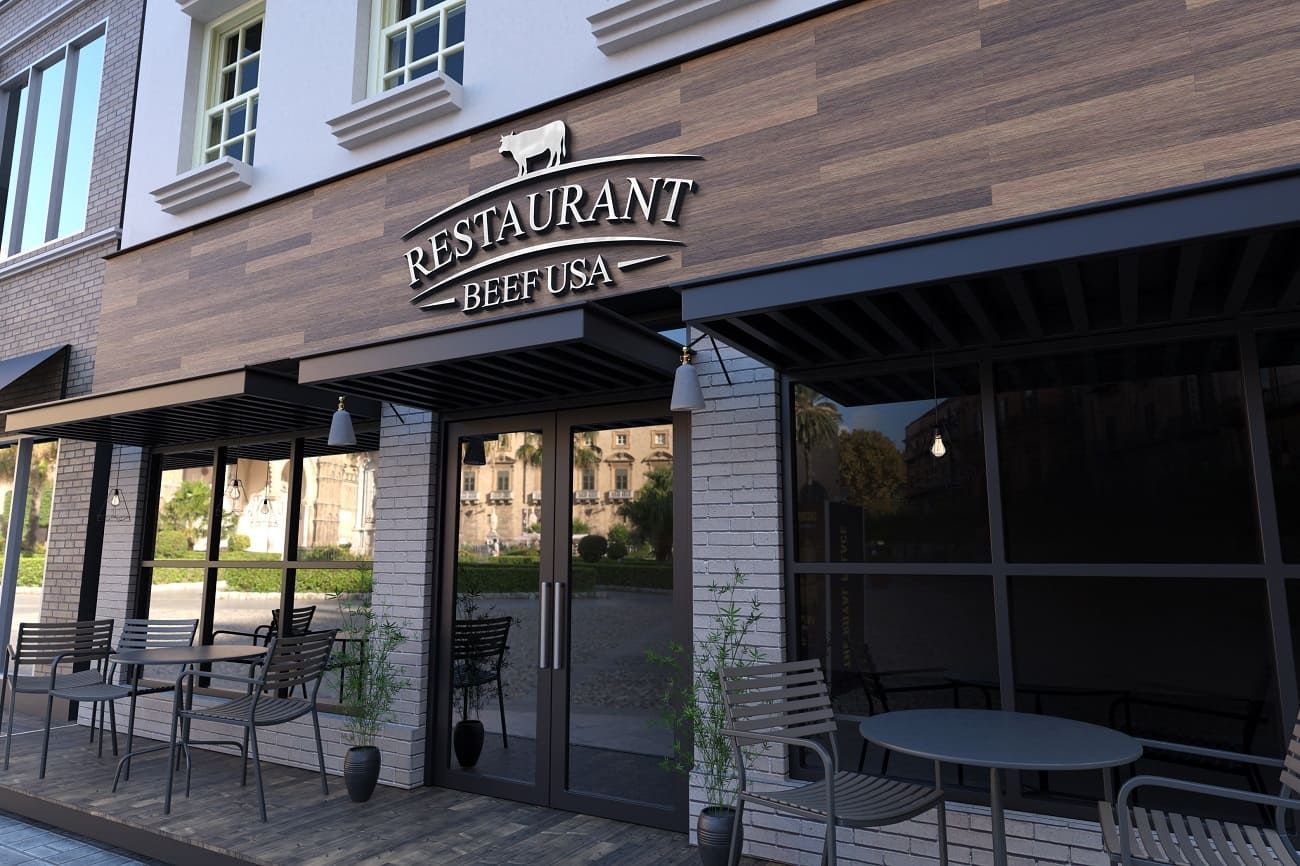Understanding Legal Tint Darkness Regulations
Car window tinting is a popular modification that enhances the aesthetic appeal and privacy of a vehicle. It allows for customization that not only personalizes a vehicle's look but also offers practical benefits such as heat reduction and UV protection. However, many drivers are unaware of the legal regulations surrounding window tint darkness, which can lead to unintended violations and penalties. Understanding these laws is crucial to avoid penalties and ensure road safety. This article will provide you with an in-depth look at legal window tint regulations, focusing on general guidelines and specific laws, such as those in Idaho. By gaining insight into these regulations, drivers can make informed decisions, ensuring both compliance and safety on the road.

What is Window Tinting?
Window tinting involves applying a thin laminate film to a vehicle's glass to darken it. This film can be made from a variety of materials, including dyed polyester, metallic, or ceramic. Each type of film offers different benefits and levels of durability, influencing how long the tint will last and its effectiveness in blocking UV rays and heat. The degree of darkness is measured by Visible Light Transmission (VLT), which indicates the percentage of light passing through the window. A lower VLT percentage means darker tinting and less light penetration. Understanding the types of tint available and their respective VLT percentages is essential for selecting the right tint that meets both personal preferences and legal requirements.
Benefits of Window Tinting
- Privacy and Security: Tinted windows prevent outsiders from easily seeing into your vehicle, protecting your privacy and reducing the risk of theft. This can be particularly beneficial in urban environments where cars are often parked in public spaces for extended periods. The added layer of security discourages potential thieves by making it difficult to see valuables inside the vehicle.
- UV Protection: Window tints can block up to 99% of harmful UV rays, protecting passengers and the car's interior from sun damage. This protection helps maintain the condition of the car's upholstery, preventing fading and cracking over time. Additionally, reducing UV exposure is important for the health of passengers, as prolonged exposure can lead to skin damage and increase the risk of skin cancer.
- Heat Reduction: Tints help maintain a cooler interior temperature by reducing heat from sunlight. This not only makes the vehicle more comfortable during hot weather but also reduces the need for air conditioning, which can improve fuel efficiency. By minimizing heat buildup, window tints can also extend the lifespan of the vehicle's interior components, which can degrade in extreme temperatures.
- Glare Reduction: They also decrease glare from the sun and headlights, enhancing visibility and driving comfort. Reduced glare can significantly improve safety by allowing drivers to see more clearly, particularly during dawn, dusk, or nighttime driving. This reduction in eye strain can lead to a more comfortable driving experience, especially on long journeys.
General Legal Window Tint Regulations
The legality of window tinting varies by location, but there are common guidelines to follow. These regulations are designed to balance the benefits of window tinting with safety considerations, ensuring that drivers maintain adequate visibility. While the specifics can differ from one jurisdiction to another, understanding the general rules can help drivers make informed decisions about their window tint choices.
- Windshield: Typically, only non-reflective tints are allowed along the top of the windshield, often restricted to the manufacturer's AS-1 line. This area is often referred to as the "tint strip" and is intended to reduce glare from the sun without obstructing the driver's view of the road. The precise allowable depth of this strip can vary, so it's important for drivers to consult local regulations.
- Front Side Windows: Regulations generally allow a lighter tint for these windows to ensure clear visibility for the driver. This is crucial for safe driving, as it affects the driver's ability to see side mirrors and navigate intersections. In many places, the VLT for front side windows is required to be higher than for rear windows, ensuring maximum light penetration.
- Back Side and Rear Windows: These windows can usually have a darker tint than front windows, as long as the vehicle has side mirrors. The rationale is that these windows do not directly affect the driver's forward and peripheral vision. However, some jurisdictions may have specific requirements or exceptions, particularly for vehicles used for commercial purposes or those carrying passengers.
Understanding VLT Percentages
VLT percentages are critical in understanding tint laws. They directly affect how much a driver can see and be seen, which is why they are tightly regulated. For instance, a 50% VLT means that 50% of the light can pass through, while a 5% VLT (often called "limo tint") is much darker, allowing only 5% of light through. Drivers should be aware that while darker tints offer more privacy, they can also reduce visibility, especially in low-light conditions. It's important to strike a balance between aesthetic preferences and functional visibility to ensure safety.
Specific State Regulations: Idaho Car Tint Laws
Idaho, like many states, has specific regulations governing car window tints to ensure safety and visibility on the roads. These laws are designed to accommodate the state's unique driving conditions and safety concerns, providing clear guidelines for both residents and visitors.
Idaho Window Tint Laws
- Windshield: Non-reflective tint is allowed above the manufacturer's AS-1 line. This helps reduce glare without compromising the driver's field of vision. It's a common regulation across many states, aligning with standard safety practices.
- Front Side Windows: Must allow more than 35% of light in. This requirement ensures that drivers maintain a clear view of their surroundings, which is crucial for safe driving. The 35% VLT strikes a balance between aesthetic appeal and functional visibility.
- Back Side and Rear Windows: Any darkness can be used. This flexibility allows for greater privacy and customization for vehicle owners. However, it is essential to have dual side mirrors if the rear window is tinted very darkly, ensuring the driver can still see behind the vehicle effectively.
Enforcement and Penalties
Adhering to Idaho's tint laws is essential, as non-compliance may lead to fines, failed vehicle inspections, or even being pulled over by law enforcement. Law enforcement officers are trained to spot illegal tints and may use tools to measure VLT during traffic stops. It's advisable for drivers to regularly check their tint's VLT percentage and ensure it complies with state regulations. Keeping documentation from the tint installation can help verify compliance if questioned by authorities, potentially avoiding fines or other penalties.
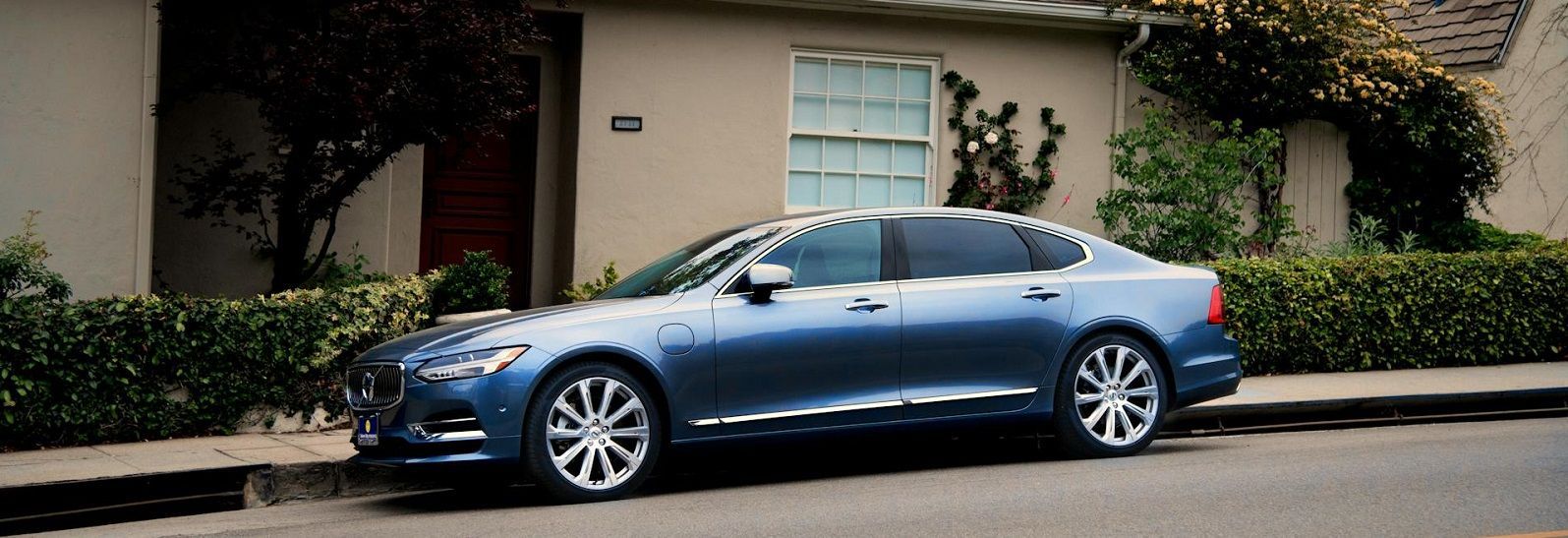
Why Are There Legal Limits on Tint Darkness?
Legal limits on tint darkness are primarily for safety reasons. These regulations are designed to protect not only the drivers and passengers but also pedestrians and other road users.
- Visibility: Tinted windows reduce visibility, affecting the driver's ability to see obstacles, pedestrians, and other vehicles, especially at night or in low-light conditions. Reduced visibility can increase the risk of accidents, making it essential for window tint regulations to prioritize clear sightlines for drivers. Ensuring adequate visibility is a key component in promoting safe driving practices and reducing road accidents.
- Law Enforcement: Excessively dark tints can prevent law enforcement officers from seeing inside a vehicle during stops, posing a safety risk. Visibility into the vehicle is important for officers to assess potential threats and ensure their safety. For this reason, many jurisdictions have strict regulations about the permissible darkness of window tints.
- Accident Prevention: Proper visibility helps in preventing accidents and ensuring the safety of all road users. Tint regulations are designed to ensure that drivers can see and respond to their environment effectively. By adhering to these laws, vehicle owners contribute to overall road safety, minimizing risks for themselves and others.
The Impact of Window Tint Regulations on Vehicle Owners
Understanding and complying with window tint regulations is crucial for vehicle owners. It ensures that they can enjoy the benefits of window tinting without facing legal or safety issues.
- Legal Compliance: Avoids fines and legal issues. Staying informed about local tint laws helps vehicle owners avoid costly penalties and legal entanglements. Compliance ensures that drivers can operate their vehicles without fear of being stopped by law enforcement for violations.
- Road Safety: Promotes better visibility and reduces accident risks. Ensuring that window tints meet legal standards contributes to safer driving conditions. By maintaining clear sightlines, drivers are better equipped to navigate roadways safely.
- Insurance Considerations: Some insurance policies may have stipulations regarding window tinting; non-compliance could affect coverage. It's important for vehicle owners to check with their insurance providers to understand any potential implications. Ensuring compliance can prevent complications with claims in the event of an accident.
Tips for Complying with Tint Laws
Research Local Laws: Always verify the specific tint laws in your state or region before applying any tints. Laws can vary significantly between jurisdictions, so it's important to be fully informed before making modifications.
Use Professional Services: Hire experienced professionals to apply window tints, ensuring they meet the legal standards. Professionals can provide guidance on the best options for achieving the desired look while staying within legal limits.
Regular Checks: Periodically check the VLT of your tints to ensure ongoing compliance. Over time, tints can degrade or be altered, so regular inspections help maintain adherence to regulations.
Keep Documentation: Retain any paperwork from your tint installer that certifies the VLT percentage for future reference. This documentation can be valuable if questioned by law enforcement or during vehicle inspections.
Conclusion
Window tinting offers numerous benefits, from enhanced privacy to UV protection. At ShadowFilms Window Tinting in Nampa, ID, we specialize in LLumar Window Tinting, ensuring you receive top-quality installations that enhance your vehicle's comfort and style. However, understanding and adhering to legal tint darkness regulations is vital for vehicle owners. By staying informed about Idaho's laws and ensuring compliance with our expert services, you can enjoy the advantages of window tinting without legal repercussions.
Always prioritize safety and legality when considering modifications to your vehicle. By choosing ShadowFilms Window Tinting, you contribute to safer roadways and avoid unnecessary legal challenges, ensuring a more enjoyable driving experience. Contact us today for a free estimate and let our trusted professionals help you achieve the perfect window tint for your vehicle.
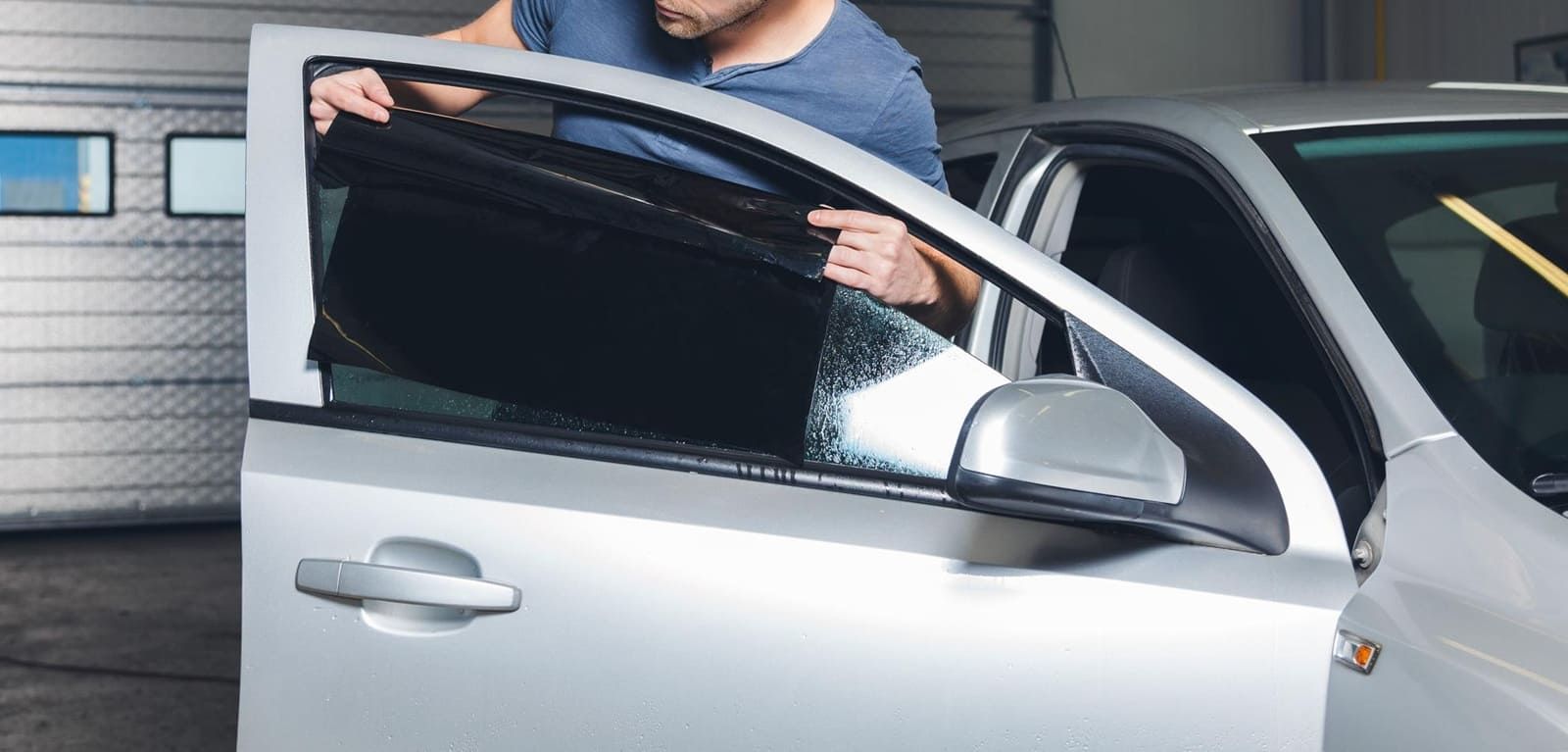
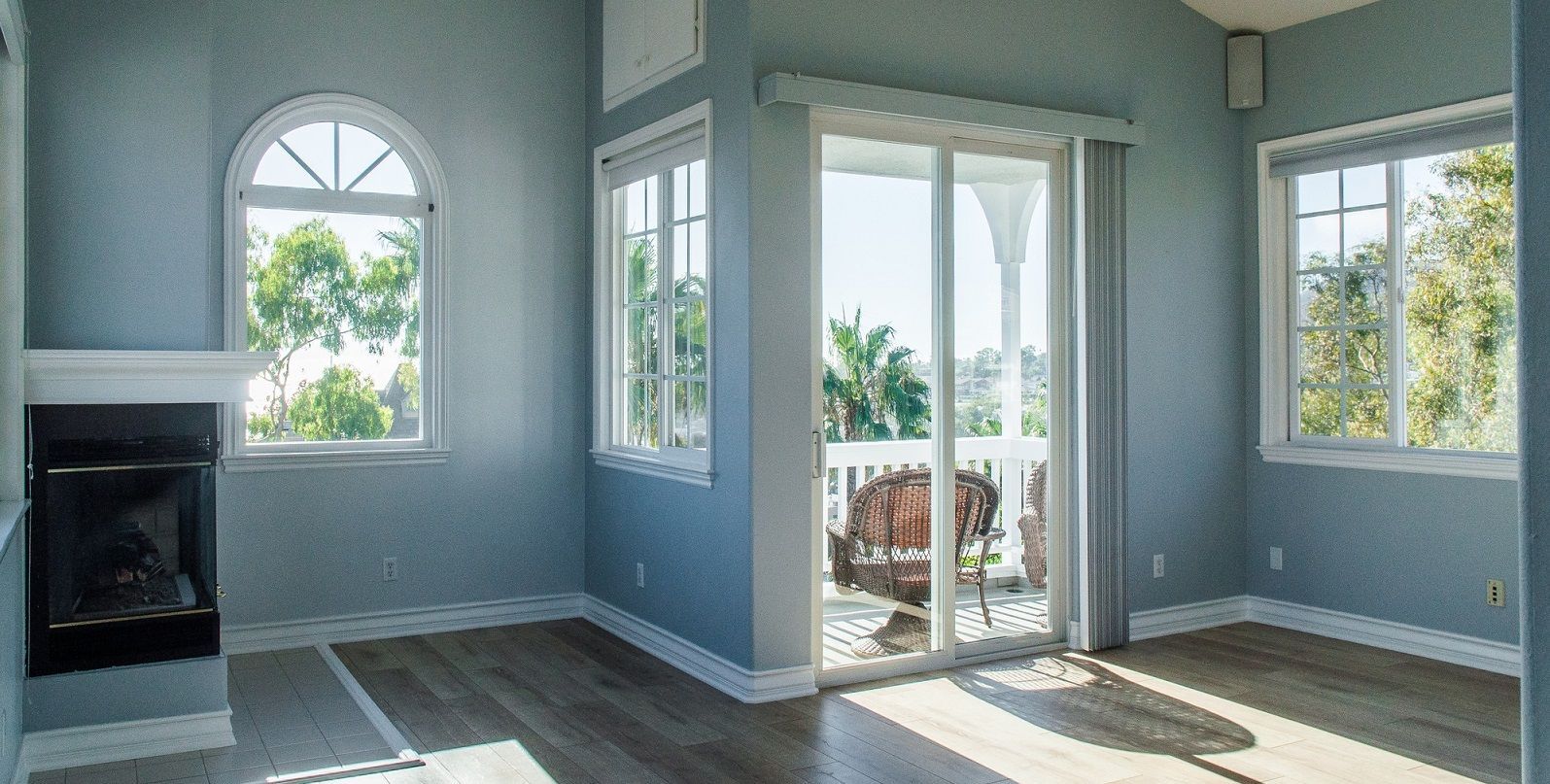
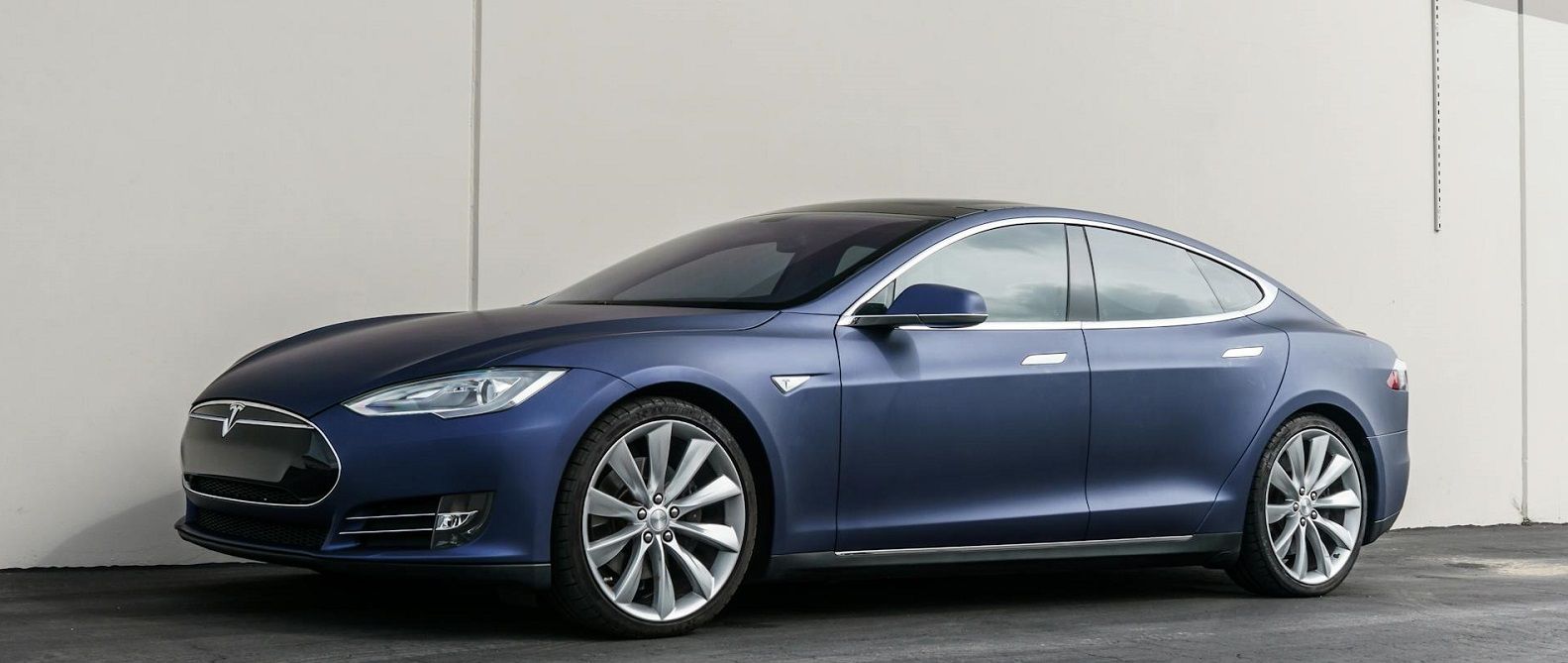
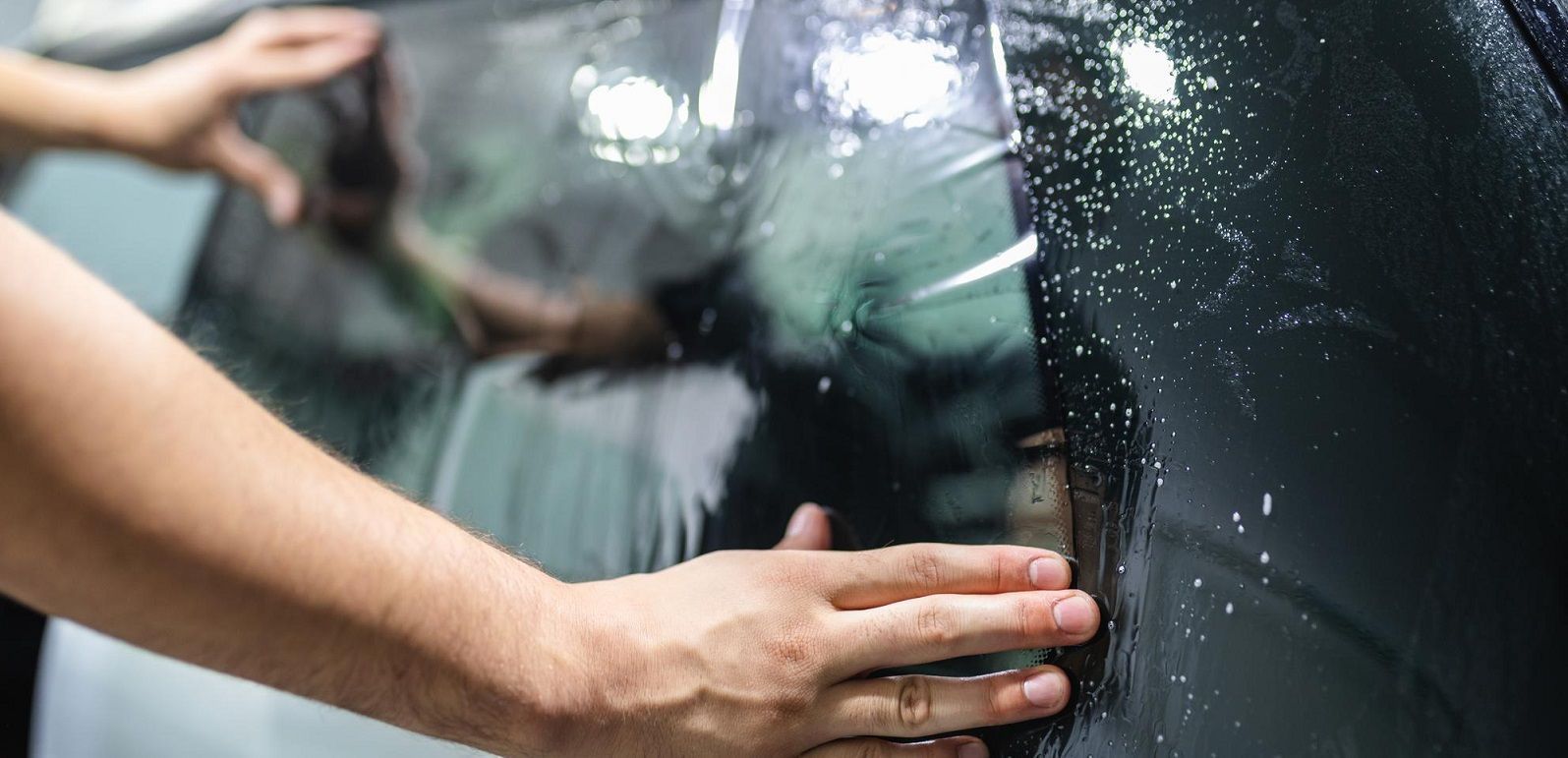


BUSINESS HOURS
Monday - Friday: 9am to 5pm
Saturday: 9am to 4pm
Sunday: CLOSED

All Rights Reserved | ShadowFilms Window Tinting


